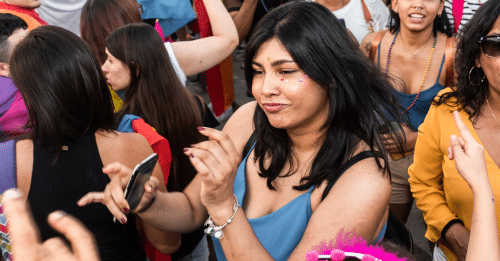The LGBTQ+ Paradox: Progress Amongst Increasing Homophobic and Transphobic Violence in the Latino Community
International Day Against Homophobia and Transphobia is memorialized every May 17th as a reminder that despite the progress that’s been made in recent years, homophobia and transphobia are still deeply ingrained in our global society.

Last week, on May 17, it was International Day Against Homophobia, Transphobia, and Biphobia, which is meant to highlight the advancements and ongoing challenges of the LGBTQ+ community. Within said community, “LGBTQ-identification is higher among Latinos than white or Black American adults,” as revealed by a Gallup poll. As such, the issue of homophobia and transphobia within the Latino community is an ongoing and evolving problem.
While in some ways, trans rights have expanded, in many other ways, the threat of deadly violence is getting worse. In Argentina, people can change their gender on official identification documents. It’s one of the few countries in the world that allows this, and yet Latin American countries have some of the world’s highest murder rates for transgender people.
On May 6, 2024, a man targeted a boarding house in Buenos Aires, Argentina, and set it ablaze with a Molotov cocktail, killing three lesbian residents and leaving a fourth one with severe injuries. She’s still hospitalized and is expected to survive the ordeal.
Coming out to one’s family as gay, lesbian, or trans can be a daunting experience for many, and it’s no less daunting if you’re part of the Latino community. Some would argue that it’s even more difficult due to the history of homophobia and transphobia within Latino culture. At a broader level, the current global landscape for LGBTQ+ communities has undoubtedly seen improvements compared to the past. However, a significant disparity in access to social rights and moral recognition still exists when compared to cisgender and heterosexual people.




